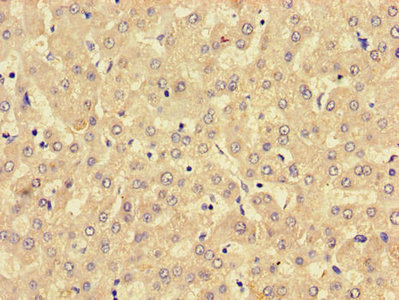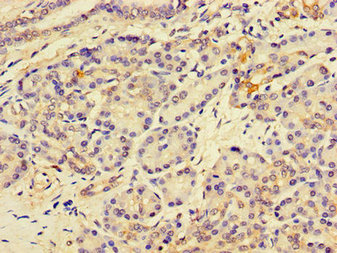Lysophospholipid O-acyltransferase (LPLAT) that catalyzes the reacylation step of the phospholipid remodeling process also known as the Lands cycle. Catalyzes transfer of the fatty acyl chain from fatty acyl-CoA to 1-acyl lysophospholipid to form various classes of phospholipids. Converts 1-acyl lysophosphatidylcholine (LPC) into phosphatidylcholine (PC) (LPCAT activity), 1-acyl lysophosphatidylserine (LPS) into phosphatidylserine (PS) (LPSAT activity) and 1-acyl lysophosphatidylethanolamine (LPE) into phosphatidylethanolamine (PE) (LPEAT activity). Favors polyunsaturated fatty acyl-CoAs as acyl donors compared to saturated fatty acyl-CoAs. Has higher activity for LPC acyl acceptors compared to LPEs and LPSs. Can also transfer the fatty acyl chain from fatty acyl-CoA to 1-O-alkyl lysophospholipid or 1-O-alkenyl lysophospholipid with lower efficiency. Acts as a major LPC O-acyltransferase in liver and intestine. As a component of the liver X receptor/NR1H3 or NR1H2 signaling pathway, mainly catalyzes the incorporation of arachidonate into PCs of endoplasmic reticulum (ER) membranes, increasing membrane dynamics and enabling triacylglycerols transfer to nascent very low-density lipoprotein (VLDL) particles. Promotes processing of sterol regulatory protein SREBF1 in hepatocytes, likely by facilitating the translocation of SREBF1-SCAP complex from ER to the Golgi apparatus. Participates in mechanisms by which the liver X receptor/NR1H3 or NR1H2 signaling pathway counteracts lipid-induced ER stress response and inflammation. Downregulates hepatic inflammation by limiting arachidonic acid availability for synthesis of inflammatory eicosanoids, such as prostaglandins. In enterocytes, acts as a component of a gut-brain feedback loop that coordinates dietary lipid absorption and food intake. Regulates the abundance of PCs containing linoleate and arachidonate in enterocyte membranes, enabling passive diffusion of fatty acids and cholesterol across the membrane for efficient chylomicron assembly. In the intestinal crypt, acts as a component of dietary-responsive phospholipid-cholesterol axis, regulating the biosynthesis of cholesterol and its mitogenic effects on intestinal stem cells.






